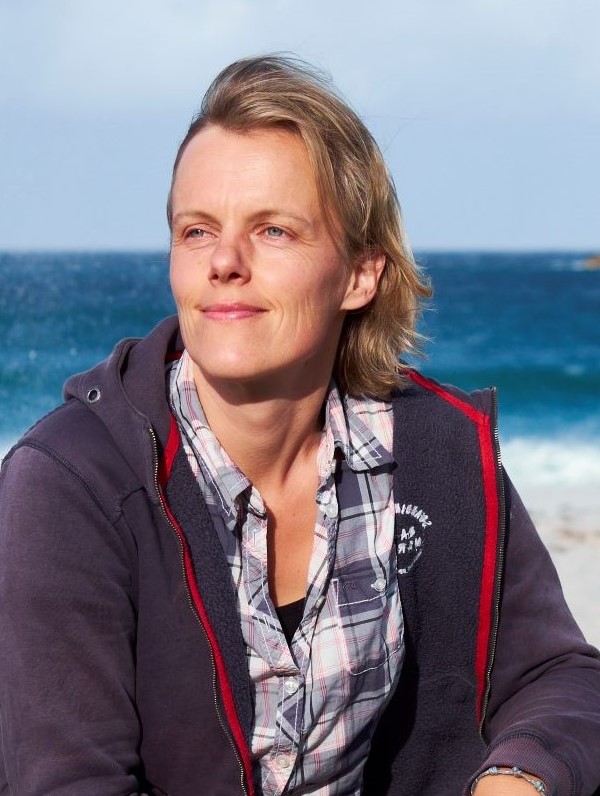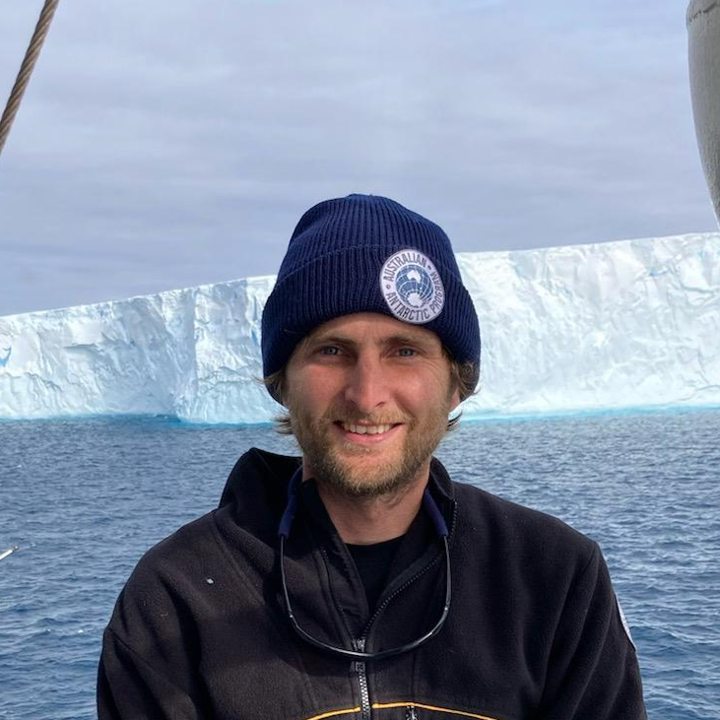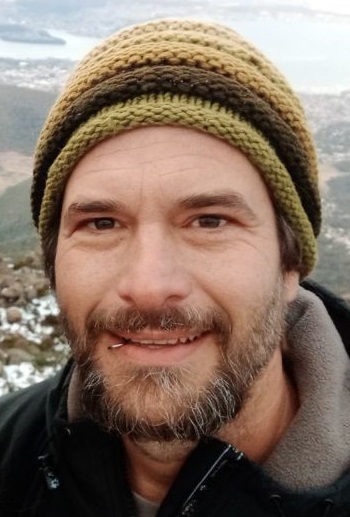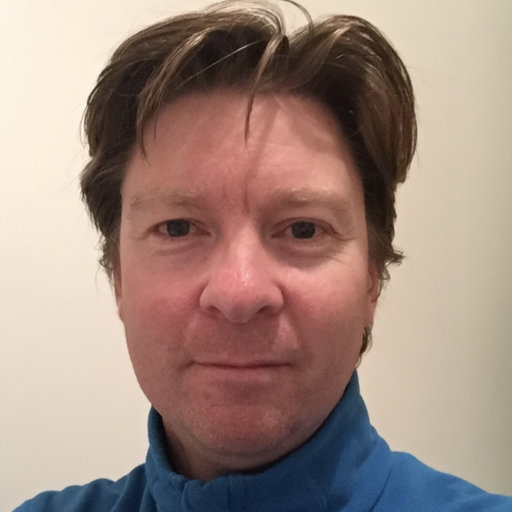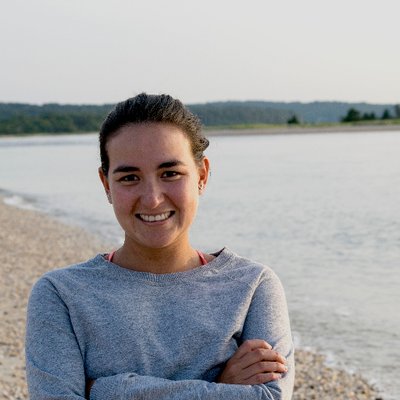Fish Size Project
The Fish Size Project is an international research collaboration led by a team of scientists at the Institute for Marine and Antarctic Science, University of Tasmania, Australia. We aim to understand human impacts on fish size structure in Australia and globally and to advance application of size based methods for fisheries management and conservation.
Our goals
Understand general properties of natural fish size frequency distributions
Explore how temperature affects fish sizes
Advance the use of novel data to assess fish populations
Improve size based methods and their applications to non traditional data
Incorporate historical records and oral histories in fish population status assessments
Develop a global map of human impacts on fish sizes
Promote sustainable fishing and restoration of fish size diversity
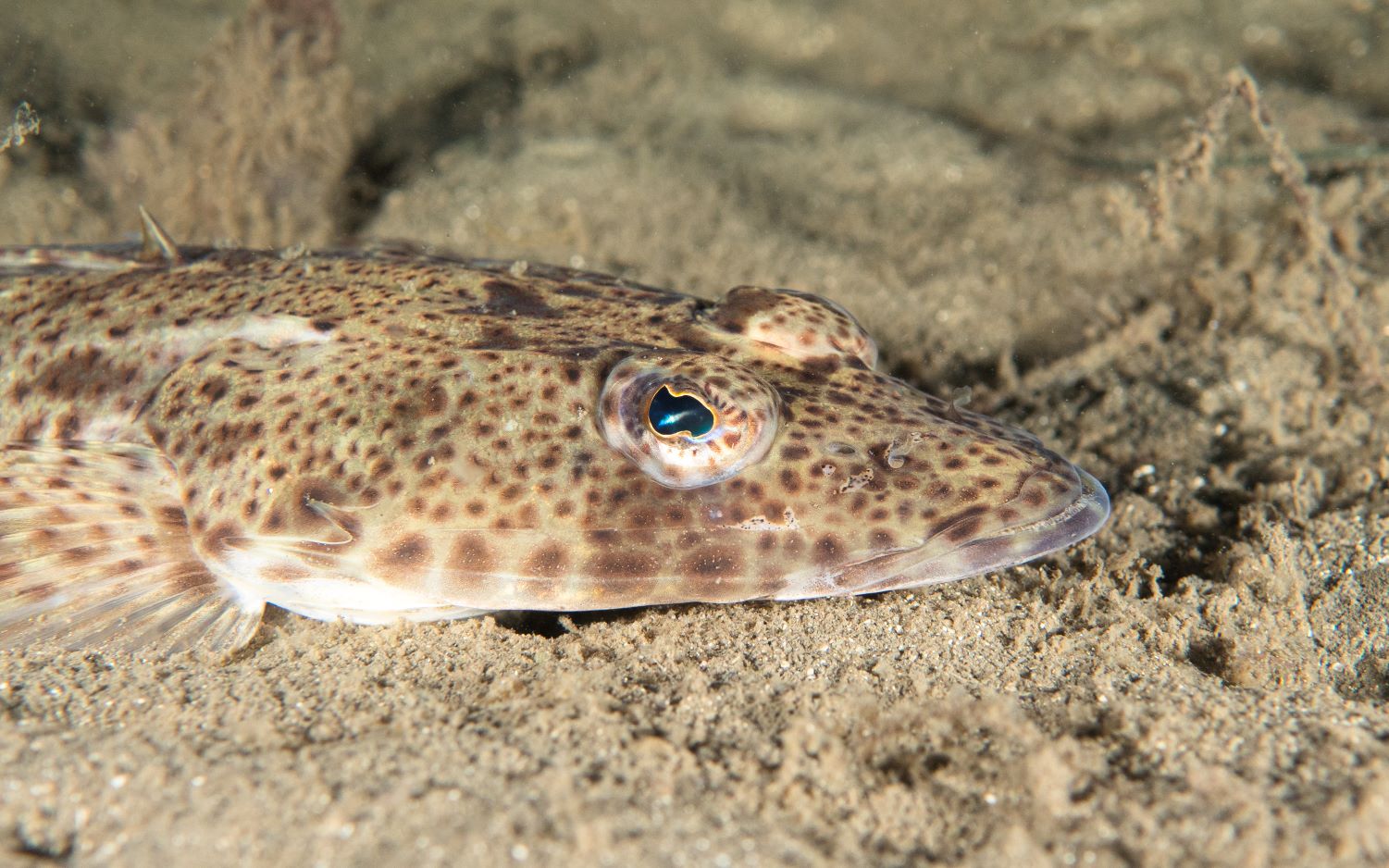
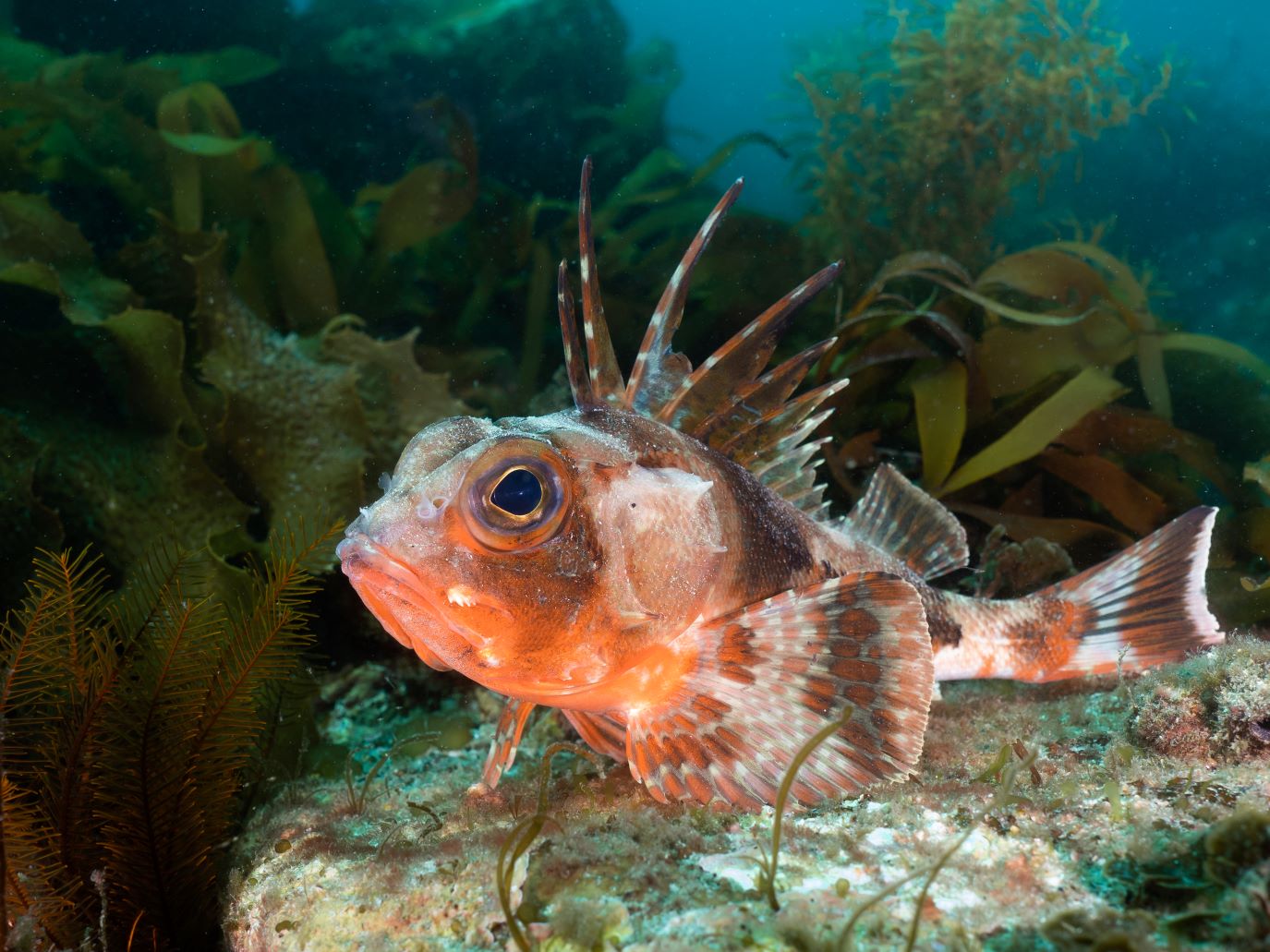
Our mission
Humans have fished out most large fish. Climate change is also affecting fish sizes. Such changes to the natural fish population size structure impact fish population and ecosystem resilience. However, most fish populations are not assessed and humans impacts on fish size diversity loss remain undocumented.
We are using traditional and new sources of fish size data to understand how many small and large fish we should expect in natural populations, how fishing and warming are affecting these numbers and how we could inspire everyone to restore what is lost.
News
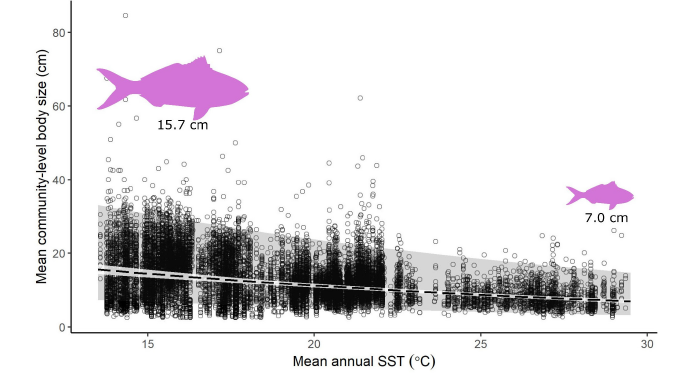
Mean reef fish body size decreases towards warmer waters
Coghlan, A. R., Blanchard, J. L., Wotherspoon, S., Stuart‐Smith, R. D., Edgar, G. J., Barrett, N., & Audzijonyte, A. (2024). Mean reef fish body size decreases towards warmer waters Ecology Letters, 27(2), e14375.

Conference session: Human impacts on fish and other marine organism body sizes
Join us at AMSA & NZMSS 2024 Conference in Hobart for a fascinating session exploring fish and other organism body sizes, human impacts and best ways to study them
![]()
Fish AI consortium monthly seminars
If you are interested in fish and artificial intelligence, join monthly Fish AI consortrium monthly online seminars
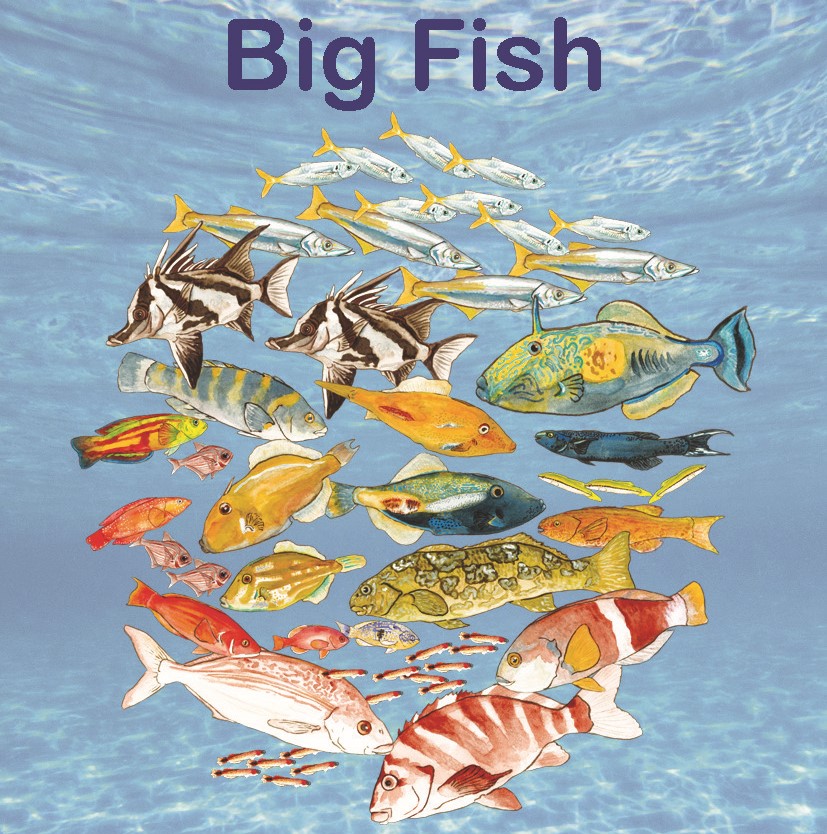
Card game about sustainable fishing and marine literacy
We are launching a fun game Big Fish - will you catch the big fish or leave it to reproduce?
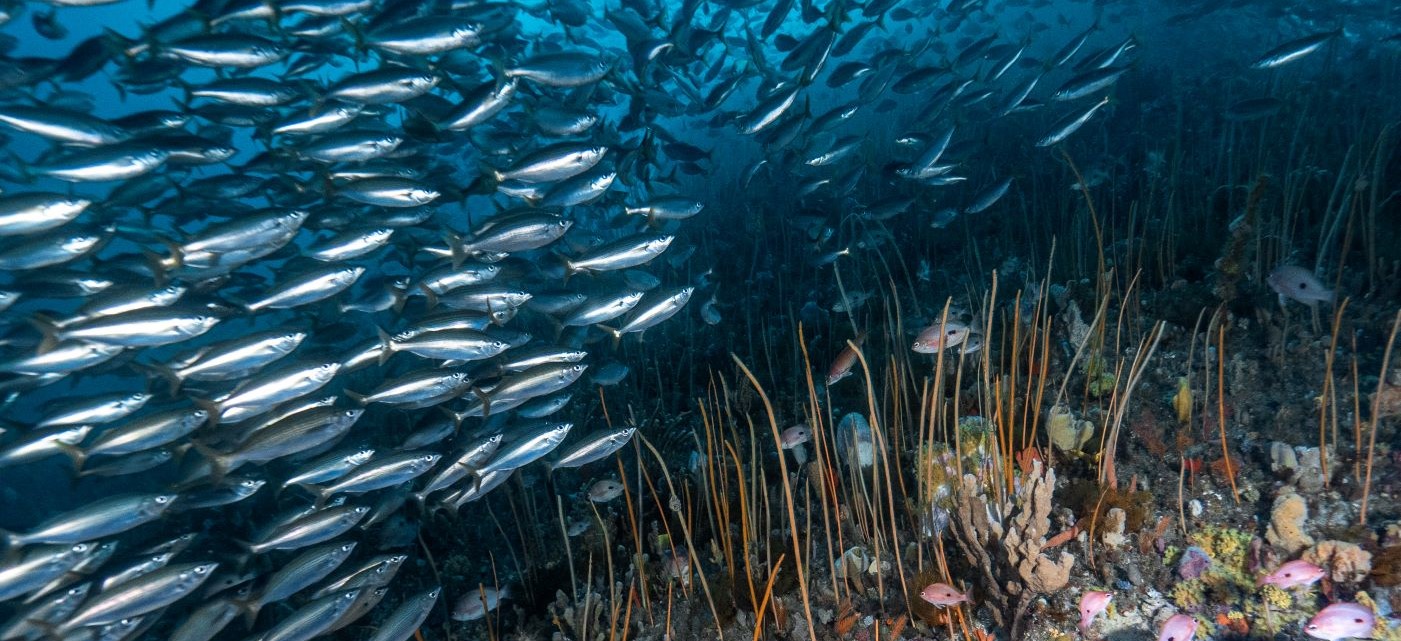
Research
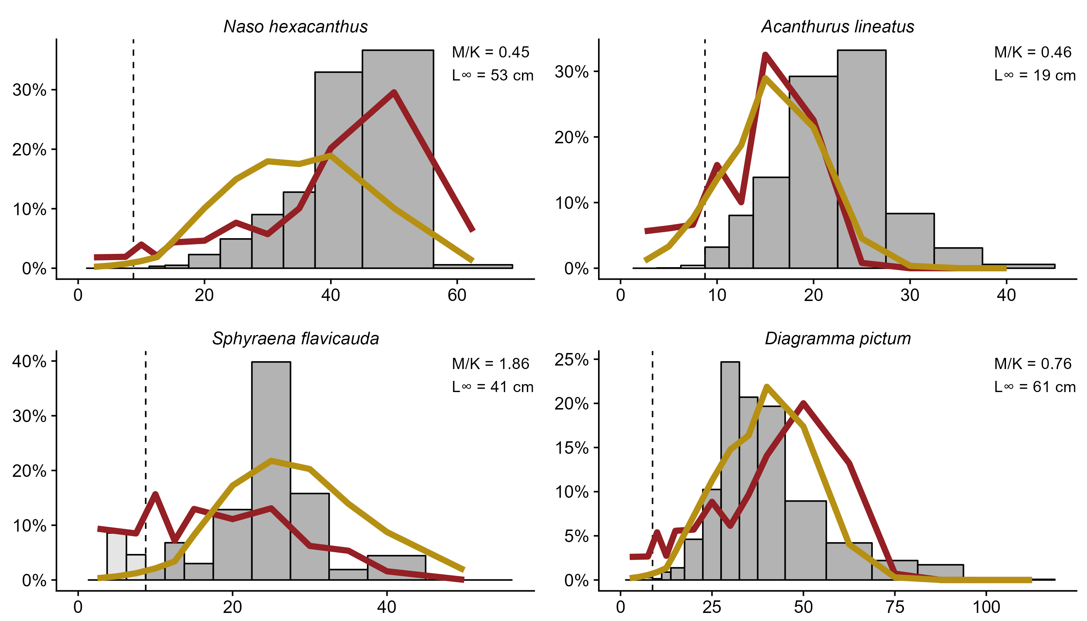
Properties of intra-specific size distributions
Are there general rules that govern species size distributions in natural populations? If so, we could use these rules to predict unfished size frequencies in nearly all fish species.
To date most analyses on fish size frequencies have been conducted on commercially or recreationally fished species, where fishing impacts have been extensive and long lasting. But new data sources, from cameras and underwater surveys, such as Reef Life Survey now provides opporunities to explore size distributions in hundreds of diverse and unfished species.
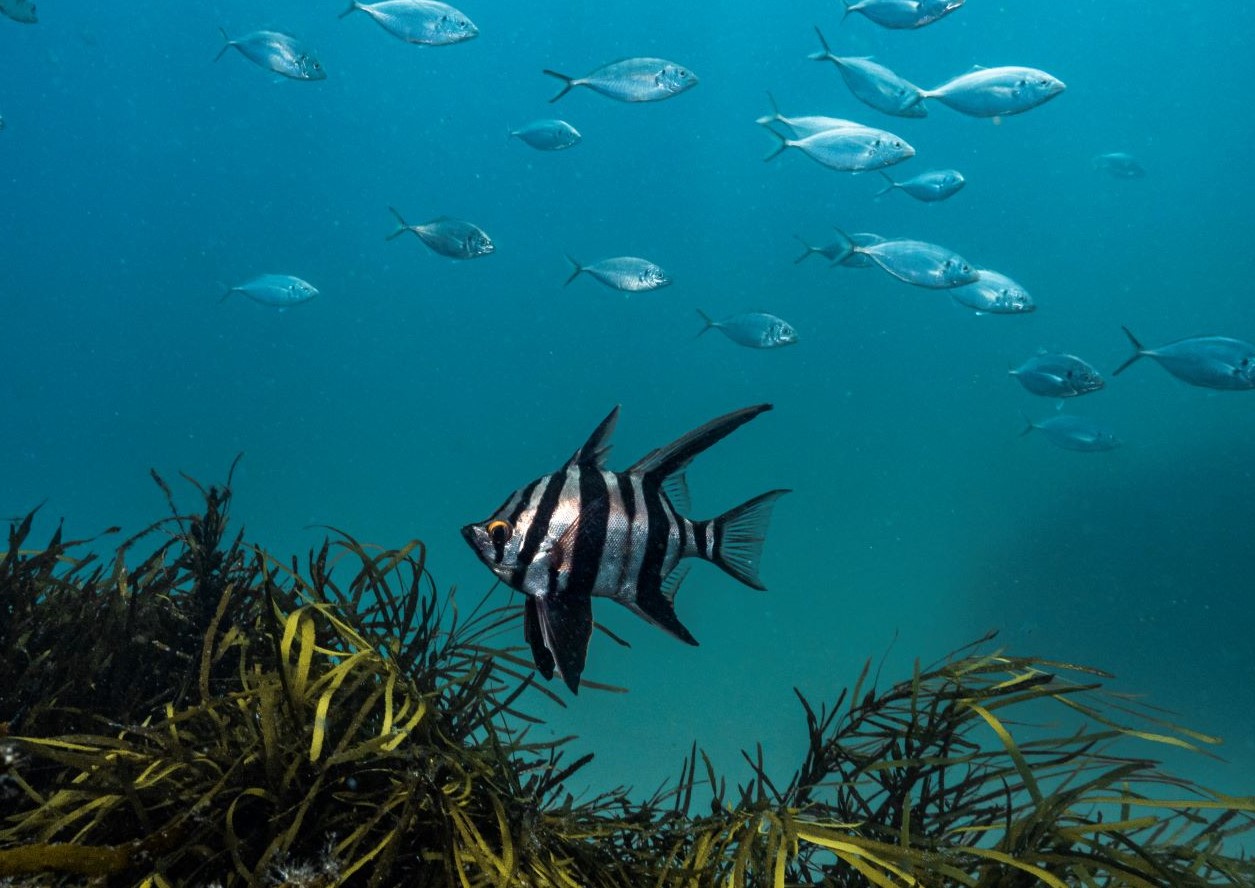
Temperature impacts on fish sizes
Temperature affects fish sizes, both naturally and through human induced climate change. Growth, mortality, reproduction and species composition are all affected by temperature. But what are the mechanisms and how do these temperature impacts manifest in natural populations, through space and time?
We use diverse data sources and simulations to explore temperature impacts on fish growth, size structure and population dynamics.
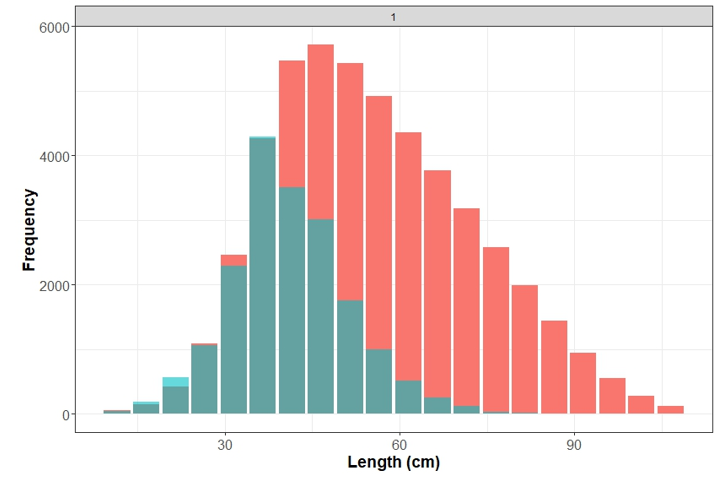
Applying size based models to assess human impacts
Size based models are a powerful tool to assess human impacts on fish populations. Traditionally these methods are used with catch data, but rapid accumulation of alternative data sources, such as visual census, citizen science, recreational fishing and underwater cameras, provide an opportunity to expand assessments across hundreds of fish species.
We are exploring best approaches to improve applications of size based population and community models to document human impacts in data poor fisheries and aquatic ecosystems in general.
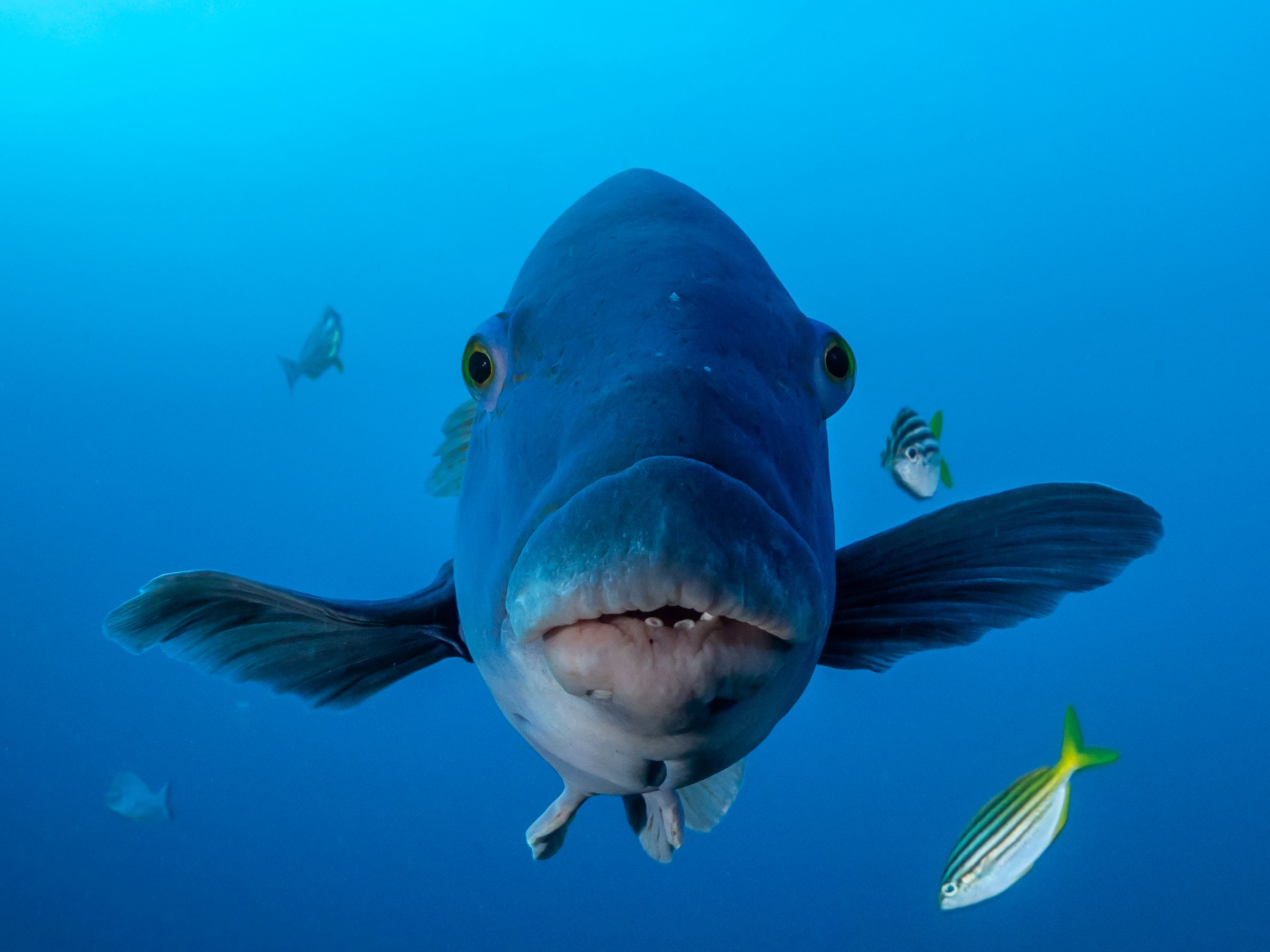
Using historical records to understand shifting baselines
Historical records, such as old newspapers, logbooks, photos, archival records and spoken stories can provide valuable information about fish populations before the onset of more detailed surveys. Such records are crucial to improve our understanding about natural fish sizes and address shifting baselines.
We are working with researchers around the world to find new ways to use historical data in fish population assessments.
Our Team
Our core team is based at IMAS and CSIRO. We collaborate with many researchers at IMAS, in Australia and around the world and invite volunteering from students and the community.
Support & funding
Our work is supported by a Pew Fellowship in Marine Conservation to Asta Audzijonyte, an Australian Research Council Discovery project, and a CSIRO top-up scholarship.

All underwater photography on this website was kindly provided by our team member Matt Testoni
